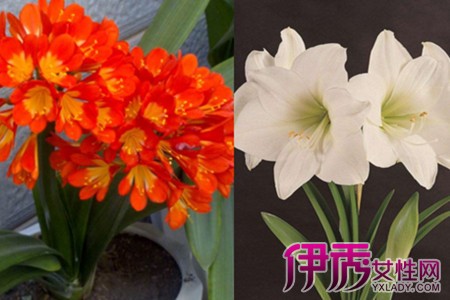Planting techniques of cassia twig
Cassia twig, also known as Liu Gui, is the twig of cinnamon. Cinnamomum cassia twig is a very effective traditional Chinese medicine, which can be used for sweating muscle, warming meridians and so on. It is widely used in traditional Chinese medicine industry in China, and it is concerned by many people, and its planting area is becoming more and more extensive. And now there are many people want to start planting, but do not know how to plant, the editor below to bring you the planting technology of cassia twig, let's have a look!

1. Land selection and preparation
The roots of cassia twig are well developed and can extend to very deep places, so when planting, you should choose flat land with plenty of water and normal drainage and irrigation. Ensure that the soil layer is deep and soft, the fertility is sufficient, and the soil is sandy. Before planting, we should also do a good job of soil preparation, turn the soil deeply into the sun, and then wait until the surface soil is exposed, and then apply rotten agricultural machinery fertilizer and calcium magnesium phosphorus and other fertilizers. Then control the specifications of the border, broken soil flat Harrow, dig a good drainage ditch around the planting land, to facilitate the later watering and drainage work, and then prepare for the work.
2. Sowing seeds at the right time
The sowing season of cassia twig should be about the middle of March in spring, and the seed storage capacity of cassia twig is very weak, so we should sow as we pick. Before sowing, the seeds should be soaked, disinfected and germinated. First, wash the seeds with water to remove withered, rotten and cracked seeds. Then use potassium permanganate and other easy to soak the seeds for about 18 minutes, wash the seeds again after soaking, and then start sowing after air-drying. When sowing, we should pay attention to the sowing density, prevent the late growth from being too dense, cover the fine soil after sowing, water the grass, improve the water retention of the soil, promote the seed water absorption and improve the germination rate.
3. Seedling management
Under normal management, the seedlings generally grow to about 5 cm after sowing for about three weeks. At this time, we should build a shade shed in time, but the shade shed should have 35% light transmittance, which can not only meet the shade preference of seedlings, but also meet the needs of a small amount of light, and promote the growth of seedlings. When a month later, when the buds of the seedlings grow to the size of the thumb, foliar fertilizer can be properly sprayed, and then sprayed every half a month, and appropriate amount of insecticide and fungicide should be sprayed. Compound fertilizer can be applied after about three months. The growth rate of cassia twig in seedling stage is slow, so attention should be paid to mid-tillage and water management.
4. Field management
In the seedling stage, weeding should be done at least twice a year until the trees are closed. And we should also do a good job in water and fertilizer management to promote the growth of cassia twig, depending on the situation of the soil and the growth of cassia twig. As the tree shape of cassia twig is relatively large, we also have to do a good job of pruning in planting. If there is no pruning, the trees will be too closed and not conducive to growth. In addition, there is the prevention and control of diseases and insect pests, if there is no strengthen management, it is easy to lead to tree weakness or even death.
The above is a brief introduction of cassia twig planting technology, the medicinal value of cassia twig is relatively high, and the planting profit space is also considerable. When we are planting, we should do a good job in field management in order to ensure the normal growth of cassia twig. If you want to know how to manage it, you can check the relevant articles on the website. That's all for today's introduction, this article is for reference only, thank you for your reading and support!
- Prev

Planting techniques of curculigo
Planting techniques of curculigo
- Next

Understand the seed planting method of Cymbidium to make the gentleman in the flower beautiful.
This kind of flower is not easy to see. Usually, the orchid we bought in the flower market will not be healthy for long. If you want to cultivate Cymbidium, you still have to plant it yourself, so today we're going to talk about seed planting.
Related
- Fuxing push coffee new agricultural production and marketing class: lack of small-scale processing plants
- Jujube rice field leisure farm deep ploughing Yilan for five years to create a space for organic food and play
- Nongyu Farm-A trial of organic papaya for brave women with advanced technology
- Four points for attention in the prevention and control of diseases and insect pests of edible fungi
- How to add nutrient solution to Edible Fungi
- Is there any good way to control edible fungus mites?
- Open Inoculation Technology of Edible Fungi
- Is there any clever way to use fertilizer for edible fungus in winter?
- What agents are used to kill the pathogens of edible fungi in the mushroom shed?
- Rapid drying of Edible Fungi

